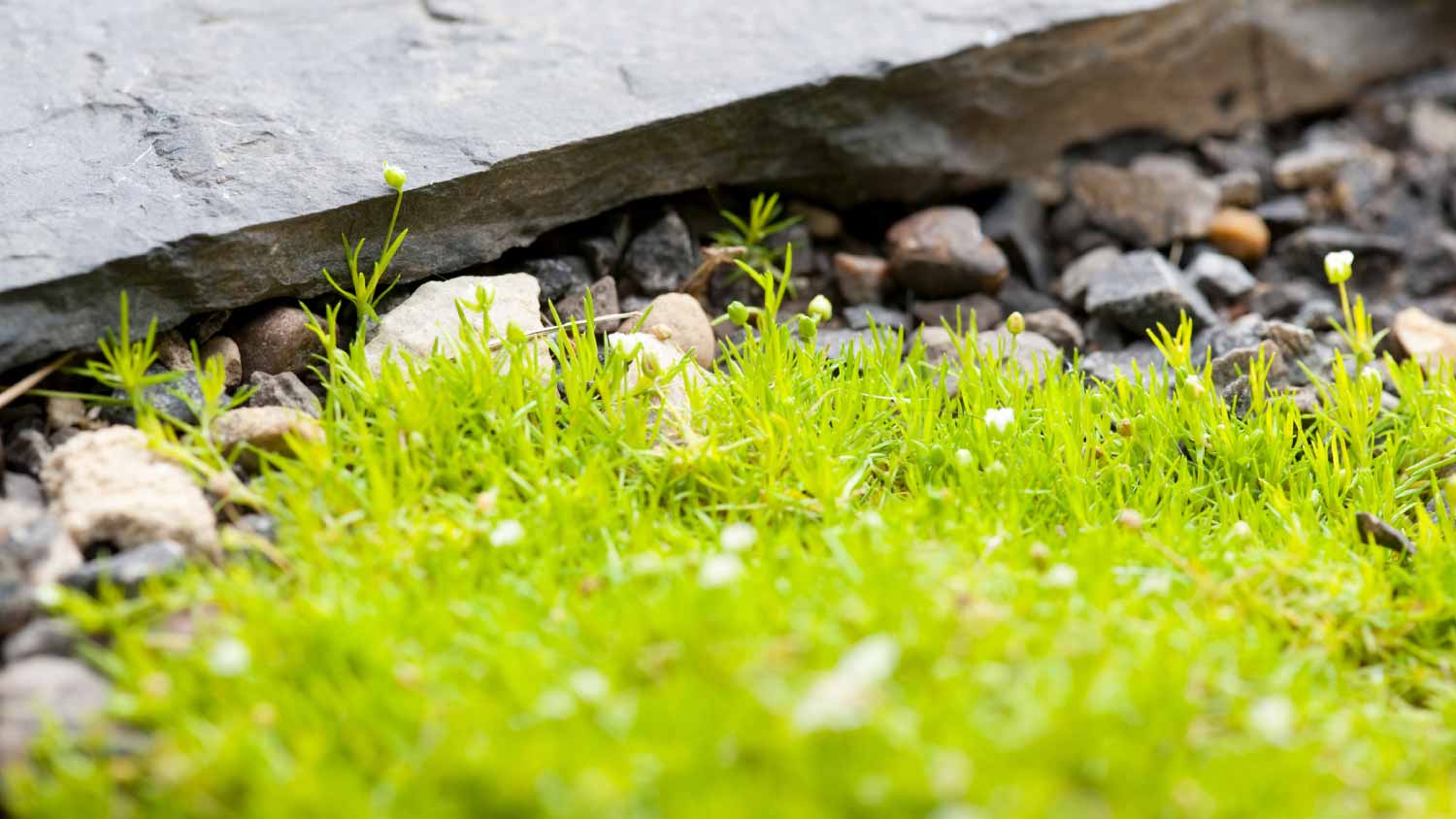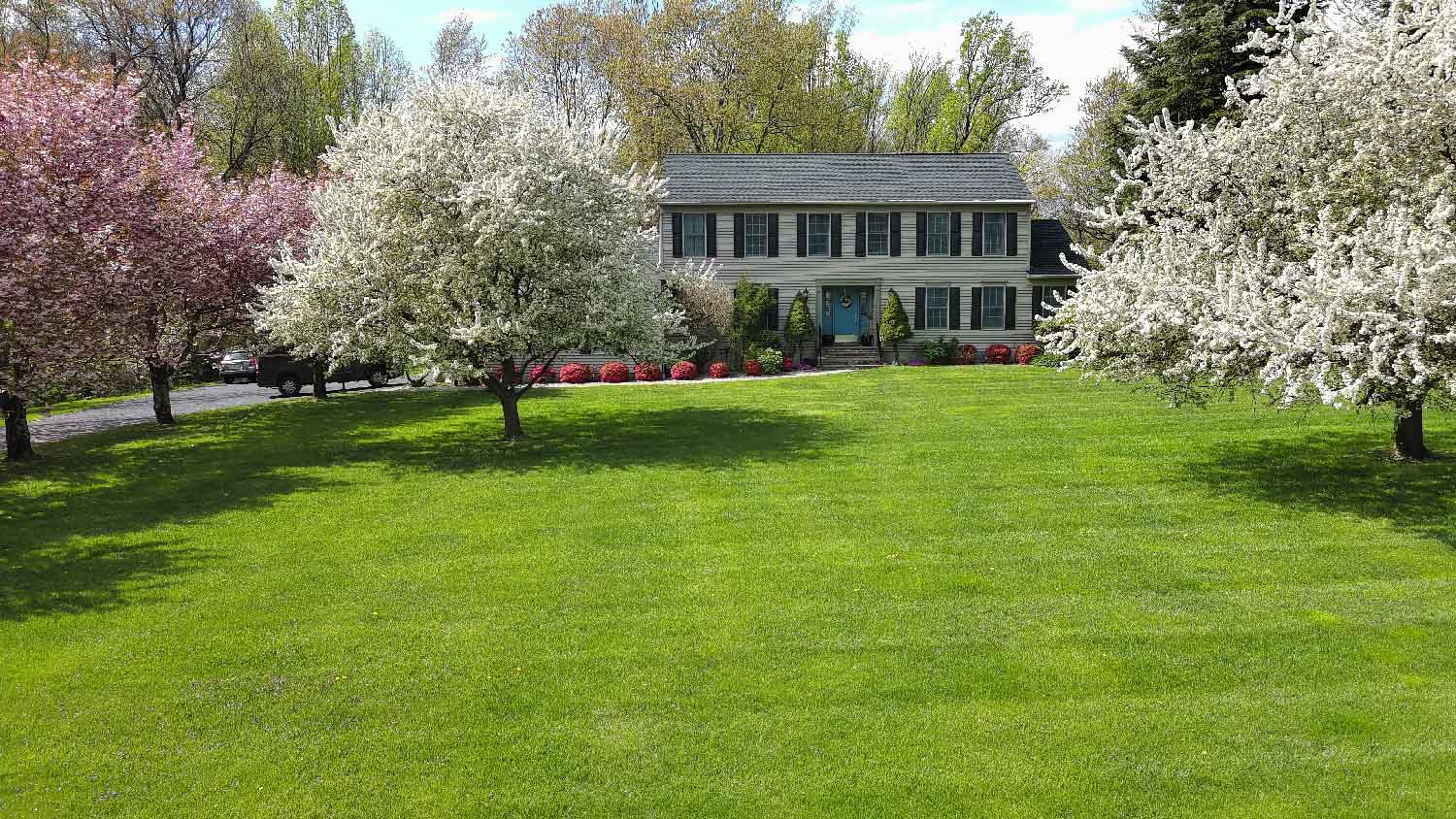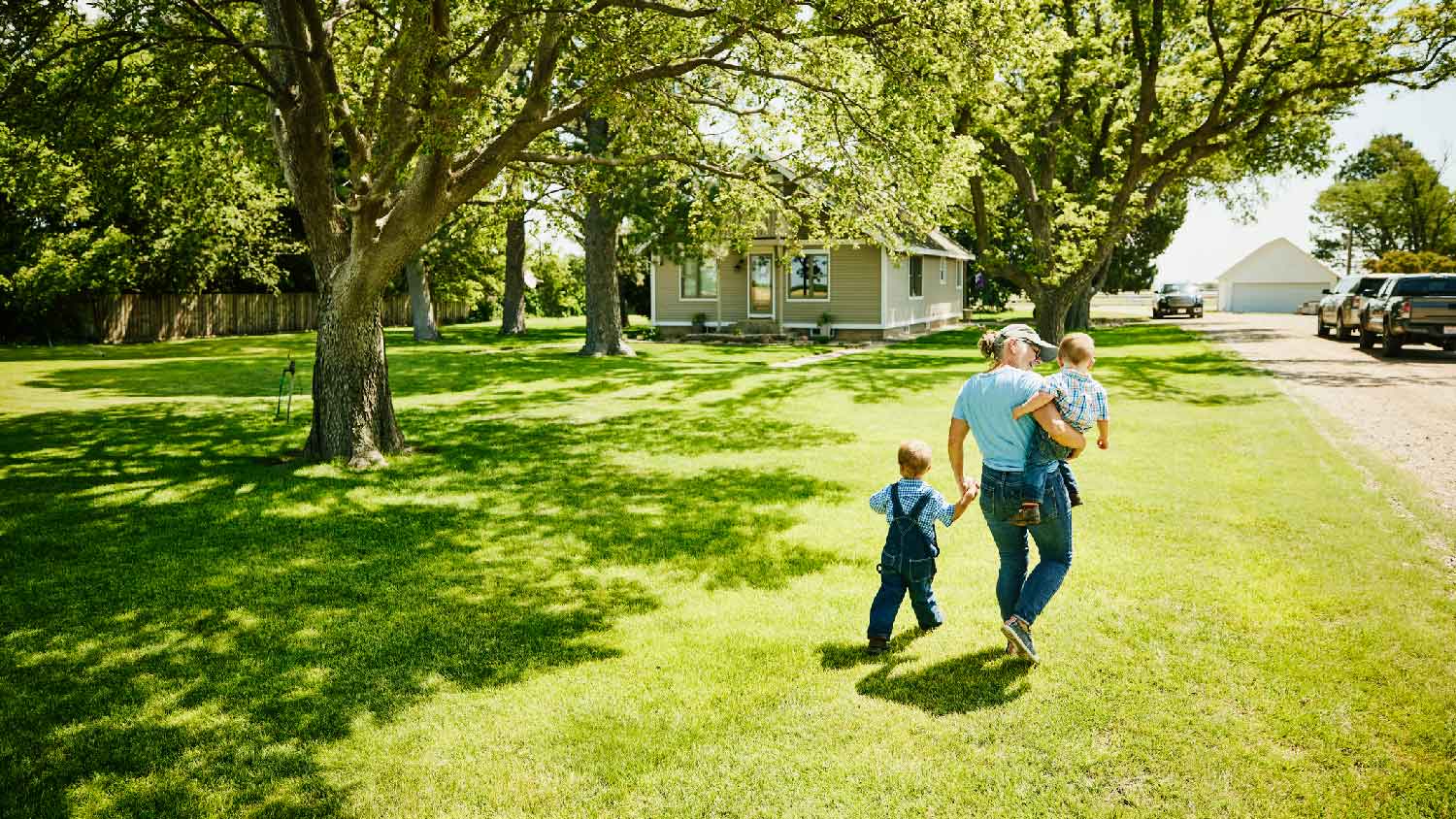When Is the Best Time to Plant Grass Seed?
Time your turf planting perfectly


The best time to plant grass seed varies based on climate and the type of grass.
Plant cool-season grasses in late summer to early fall.
Plant warm-season grasses in late spring to early summer.
Peak summer and winter months are the worst times to plant grass seed.
Choosing the best time to plant grass seed is essential to growing a thick, lush, and healthy lawn. While there is a recommended planting timeline to keep in mind, the perfect time to sow your seeds ultimately depends on the type of grass and your local climate. Here are the main things that impact how to time your seeding project, and don’t forget to consult a lawn seeding professional for expert advice.
Best Time To Plant Grass Seed
The best time to plant grass seed varies based on the region and whether you’re planting warm-season vs. cool-season grass. Once you determine the type of grass you want to grow, you can start the next step of narrowing the planting time frame. Then, consult a local lawn seeding service about when to mark your calendar for planting day.
When to Plant Warm-Season Grass
For warmer regions that experience mild winters with little to no frost, late spring to early summer is the best time to plant grass seed. Warm-season grasses like Bermuda grass or St. Augustine grows their strongest during the warmer months of summer, going dormant as temperatures drop in the fall.
This timing allows the seeds to germinate and establish strong root systems before scorching hot temperatures hit and well before grasses enter winter dormancy. Seek out a planting day with outdoor temperatures between 80 to 90 degrees Fahrenheit and soil temperatures that are 65 to 75 degrees Fahrenheit.
When to Plant Cool-Season Grass
For Northern regions that experience hot summers and frigid winters, the best time to plant grass seed is late summer to early fall. Cool-season grasses, such as Kentucky bluegrass or tall fescue, thrive during the cooler seasons of fall and spring, slowing their growth in summer and winter. Wait to plant grass seed until outdoor temperatures reach between 65 and 75 degrees Fahrenheit, and soil temperatures of 50 to 60 degrees Fahrenheit.
Factors That Affect the Best Time to Plant Grass Seed

Consider these factors when planning out when to sow your grass seeds.
Climate
Weather conditions have a major impact on the successful germination of grass seed. Excessive rain can flood and wash away your grass seeds, while dry spells can make it extremely difficult to keep the soil moist. That’s why we recommend planting new grass seeds on a mild-weather day with projected rain a few days away.
Outdoor Temperature
It’s important to consider outdoor temperatures when planting grass seed. High temperatures can dry out soil and stress out your seeds, while cooler temperatures can impede germination. Note that soil takes longer to warm up than the air, so it’s best to wait until outdoor temperatures have lingered long enough for soil to reach the ideal temperature for grass seed.
Soil Conditions
Soil pH and nutrient content is another important factor for the best time to plant grass seed. You can use an at-home soil test or hire a local soil testing service for the most accurate and comprehensive results. Grass grows best in loamy soil with a neutral pH between 6.0 and 7.0. Amending your soil with the proper fertilizer and mix-ins will help set your lawn up to grow thick and lush. If you’re attempting to plant grass on hard soil or other difficult terrain, consider hiring a local lawn seeding service to tackle this tricky task effectively.
Also, make sure you haven’t used chemical weed killers or other herbicides recently. You should wait at least 30 days to plant seeds following herbicide treatment, but check your specific herbicide to see if it requires a longer wait period between the last application and planting.
The Worst Time to Plant Grass Seed
While the exact timelines vary by region, the worst times to plant grass seed are during the peak summer months (late June through early August) and the winter months (December through February). The excessive heat during the hottest summer months causes quick evaporation, making it difficult for soil to retain moisture. Cold temperature and frost can inhibit seed germination and slow down the growth of newly planted grass. Even if seeds germinate, they will likely struggle to survive and establish strong root systems in time for winter dormancy or spring.
Another time to avoid planting grass seed is whenever you can’t commit to watering it at least twice per day. Keeping the soil moist during germination and early growth is crucial for the health of your future lawn, so be sure you can water it yourself or hire lawn care services to ensure your seeds stay moist.
Cost to Plant Grass Seed
The average cost to plant grass seed is between $0.10 to $0.20 per square foot. Seeding a lawn costs an average of $1,080, but prices can range from $440 to $1,750, depending on the size and the current state of your lawn and its soil. Be sure to compare costs against your budget and consider the ideal type of grass based on your area’s climate and soil conditions.
DIY vs. Hiring a Pro
DIY grass seed planting is an approachable project, but it requires patience, care, and consistency. You can save an average of $250 to $350 in labor costs by going the DIY route, but there’s potential for error (especially if you’re working with compacted soil). If you make a mistake during the planting process, it can be a time-consuming project to reverse and correct.
We recommend hiring a local lawn seeding company that has the expertise and equipment for proper soil prep. Plus, lawn seeding pros can help you select the right seed for your region and soil conditions to ensure healthy growth in no time.
Frequently Asked Questions
Late summer to early fall is best for planting cool-season grasses, and late spring to early summer is best for planting warm-season grasses. Autumn brings an ideal combination of cooler air and warm soil from the summer, providing ideal conditions for new grass roots to establish before winter arrives. If you’re not able to sow in autumn, sowing in spring can still be successful, but cooler soil temperatures and the potential for frost can work against you. Plus, grass seeds may not have sufficient time to grow and develop strong systems in time to weather the hot summer sun.
The ideal time to mow new grass is around eight weeks after planting. However, it’s important to wait until the grass is tall enough to mow without damaging it. Grass should typically be at least three to four inches tall before mowing, but you should base your ideal grass height on what is recommended for your type of grass. Remember to never mow more than one-third of the grass’ height at one time to ensure the leaves stay strong and healthy.
If you’re wondering whether grass seed will germinate on top of soil, the answer is yes. In fact, it’s the best way to plant your grass seed. Spread seeds in an even layer on top of loose, fertile soil will allow them to germinate and grow strong roots. Topping them with a thin layer of straw will help them retain moisture and stay put, as well as protect them from getting eaten by animals.















